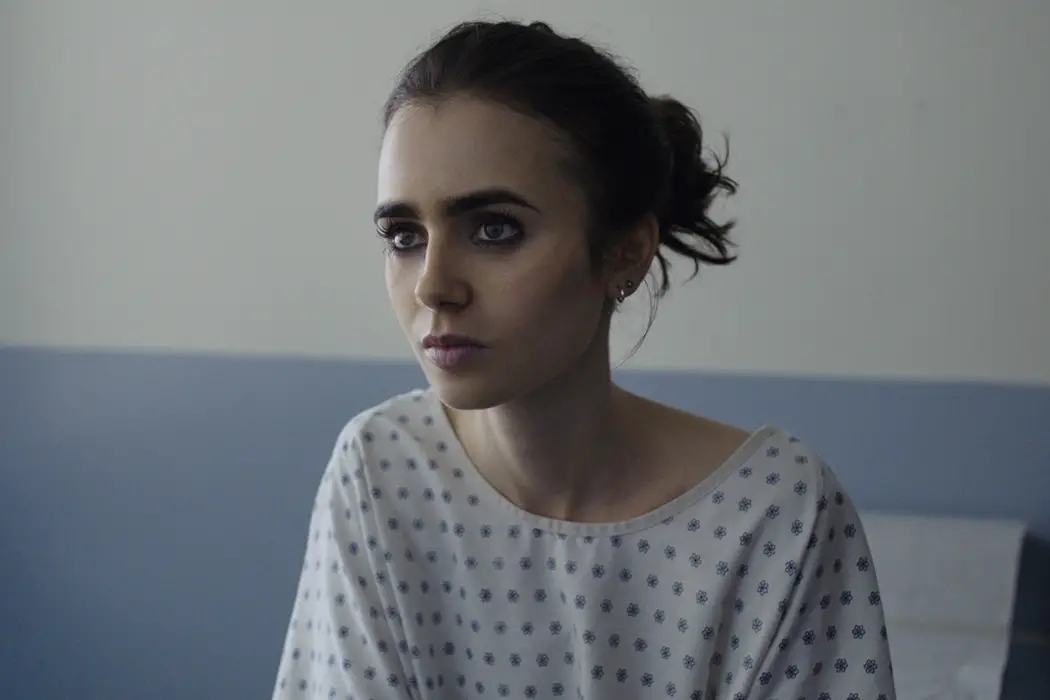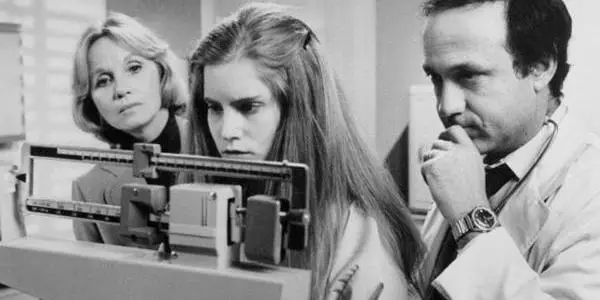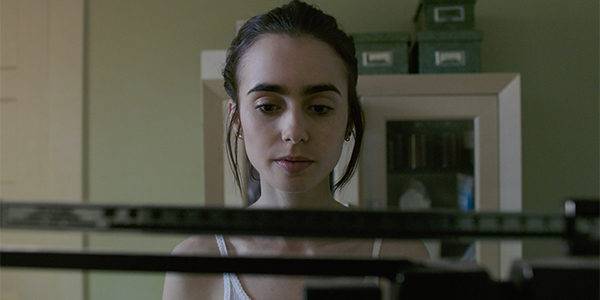Tropic Anatomy Of Eating Disorders In Film

Lee is a filmmaker and writer, currently juggling university and…
Eating disorders have been a taboo topic since they first became a viable medical diagnosis, with much of society deeming it a plague amongst teenage girls and high fashion models. There is nothing fun about causing damage to one’s body through the use of something that is supposed to be fuel; that cannot be denied. However, by ignoring the problem, it further stigmatizes sufferers to recognize harmful behaviours and seek help. Worse, furthering misinformation and glamorization of these issues also increases the amount of people that fail to see the real severity of the issue.
Film has had a long and tumultuous history with its portrayal of eating disorders. From misleading representation to playing into tired stereotypes, many filmmakers have failed to accurately capture the harsh reality of disordered eating. Despite being an often fatal condition (with anorexia having the highest mortality rate of any mental illness), they are not treated with the seriousness with which they should be approached.
A Brief History

Eating disorders have been around since the dawn of time, but were only really recognized as a mental disorder in the late 1800s, gaining the title of ‘anorexia hysterica’, by Sir William Gull, an English physician. From its very beginning, it was looked at as a malady akin to women and body-related hysterias. Like most female-oriented conditions at the time, it wasn’t given a lot of attention until much later, when the rise of the modeling industry and various publicized cases of the disorder came to light, such as Karen Carpenter’s death from anorexia in 1985.
1985 was also the year that The Best Little Girl in the World was released. The film starred Jennifer Jason Leigh as a teenager dealing with anorexia and bulimia. This was one of the first public films that gave a voice to the condition, and audiences applauded the portrayal of a young girl undergoing familial problems, hospitalization, and recovery.
The movie was not without faults, however, as some claimed it seemed to dramatize the disorder. Since then, it has caused a series of familiar films to follow in its succession. 1994 gave us For the Love of Nancy, whilst A Secret Between Friends and Dying to Dance came out in 1996 and 2001, respectively. While, to a general onlooker, it might have looked like eating disorders were finally being given their required limelight, it was obvious to see the pattern that was following.
The Problem
All these films featured conventionally attractive, young, white, American women. For most of them, their eating disorders stemmed from an off-kilter comment about weight. Many featured traditionally feminine art forms, such as ballet. Very few diverged from this formulaic approach to the topic, limiting visibility when it came to race, gender, and eating disorder itself; most stayed away from bulimia, binge-eating disorder, EDNOS, etc.
The media has already had a lifelong issue with failing to see how eating disorders can affect anyone; they do not discriminate. Being able to attune these serious problems to a ‘diet gone wrong’ only further downplays the issue. It makes it difficult for people of colour, overweight people, and men to seek help if they are living with these disorders, for fear of not being taken as seriously or, worse, not being believed at all.
As many of these movies also portray eating disorder behaviours and thin women, Internet communities have looked to them as a form of glamorous representation. The pro anorexia (or pro ana) community is a group of Internet users who have built forums and chatrooms to discuss their eating disorders. While many in these groups are lured in or seek them out for a place of understanding and belonging, there are some who look to anorexia and bulimia as nearly holy, even seeking tips to further the severity of their eating disorders.
Screenshots from these films are commonplace on such forums. In the UK television show, Skins, an anorexic character demonstrates how she avoids eating. That clip is one of many that has been shared constantly amongst such groups, with some people citing it as a form of inspiration.

Although it seems safe to assume that it is not the intention of the writers, directors, and actors involved in these productions to attempt to glamorize eating disorders, it is often the result. By attributing such a mental illness to beauty or quirkiness sends the wrong message. Young viewers, especially, are at risk of being influenced by these portrayals. While many sufferers look to these films and shows for understanding and representation, it is easy to fall into a trap of thinking there is a ‘right’ way to have an eating disorder.
The Here and Now
One of the most recent films to have garnered attention for its portrayal of an eating disorder has been 2017’s To the Bone. Starring Lily Collins, the film centers around a twenty year old anorexia patient named Ellen, and her foray into an unconventional treatment center (led by Keanu Reeves).
The film does its best to stray away from a controversial portrayal. Its director, Marti Noxon, struggled with eating disorders in her past, as did Collins. Despite having these experiences and stories, the film falls into the same relative formula: white, straight, cisgender, female. No doubt the writing and story development was more well established. However, while Ellen is an adult, and it was refreshing to see a victim onscreen that was not in her teens (as many find these issues following them into adulthood), the majority of the movie seemed to focus on a story that has created a certain ‘picture’ of anorexia.

Again, this film is also one that has seen a resurgence in the pro ana community, serving as an ill-intentioned source of inspiration, something for sufferers to ‘aspire’ to. Even with its all star cast and direction, it has been unfortunately lumped in with the other television shows and films that have gone astray in what was meant to be a genuine portrayal of a life-threatening condition.
Where are the people of colour? Where are the men? The bulimics? Binge eaters? Overweight patients? Where are their stories? Why aren’t they heard? Mental health treatment is already so heavily stigmatized, especially when it comes to eating disorders. Many sufferers do not believe they are ‘sick enough’ for treatment. By reinforcing these stereotypes of what sufferers look and act like, it only prevents people from recognizing symptoms and realizing their severity.
Eating disorders warp the brain, causing patients to refuse treatment for fear of gaining weight. They do not discriminate in who they affect, and can lead to severe physical and psychological complications, even death. It is the most difficult and brave thing to seek treatment for such a disorder. It’s time we pay homage to victims the proper way, free of marginalization, stereotypes, and glamour. By properly representing such conditions, we can pave the way for a future where people are able to understand the heartbreaking severity of these issues, and seek help if they need it.
What are your thoughts on the portrayal of eating disorders in film?
Does content like this matter to you?
Become a Member and support film journalism. Unlock access to all of Film Inquiry`s great articles. Join a community of like-minded readers who are passionate about cinema - get access to our private members Network, give back to independent filmmakers, and more.
Lee is a filmmaker and writer, currently juggling university and their own projects.












